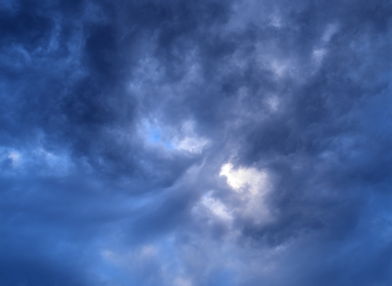 |
 |
| |||||
|
This is Hakodate, on the southern tip of Hokkaido. We took the shinkansen there, through a tunnel that runs under the water; then our Japan Rail passes ran out, and we rented a car for our time on Hokkaido. That worked out well, by the way; most road signs have English on them, and the driving was easy except in the big cities like Sapporo and Asahikawa, where it got a little tricky. These first two photos are from a Trappistine convent or some such, in the outskirts of Hakodate. It was interesting mostly for the novelty of finding such a thing in Japan; it is evidence of the fact that, like Kobe, Hakodate was once a major seat of international contact and diplomacy for Japan. It has been left with many different kinds of churches, embassies, and statues commemorating things like Commodore Perry's visit to Hakodate in 1854. It was also a seat of photography in Japan, very early in the history of photography itself, and had a very nice photography museum with antique view cameras and such. In the next few photos you can see a few other churches, including a Christian (Catholic?) one, what I think was a Greek Orthodox one, and an Episcopalian one. 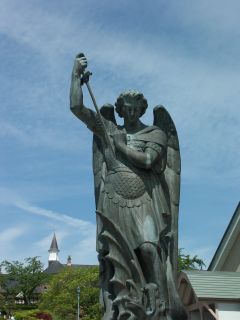 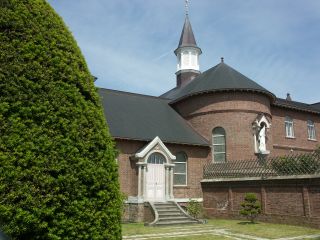 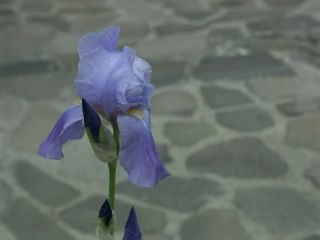 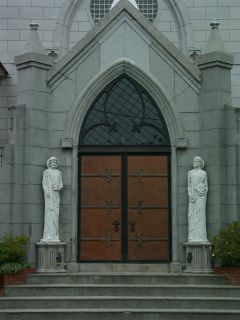 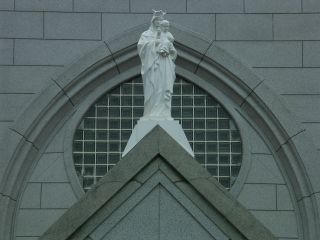 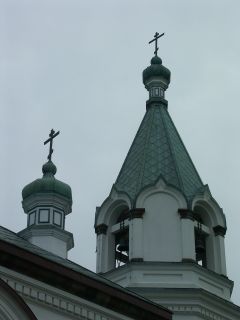 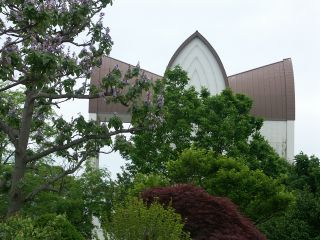 Hakodate is renowned for the night view of the city from the vantage point offered by the mountain alongside it. We got a beautiful red sunset the evening we went up, and the view of the city was beautiful too (and is not done justice to with these photos). 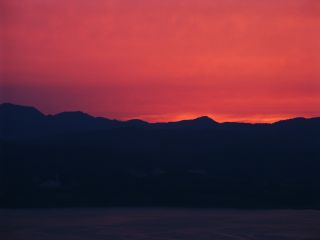 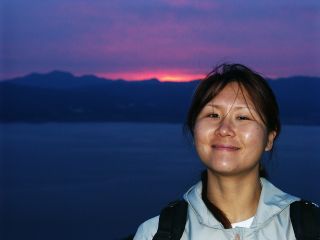 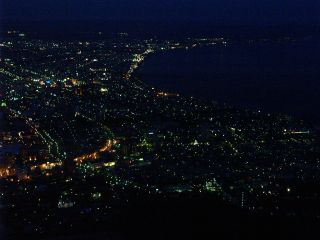 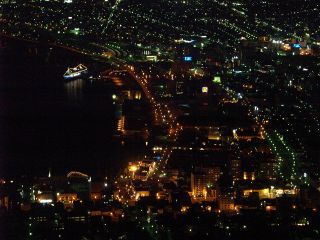 The next morning we went to the fish market, where I had kani donburi (crab over rice, pictured) that was very yummy and very expensive. The last of the four photos is uni — sea urchin. Japanese people would eat it right out of the shell like this, as well as over rice. 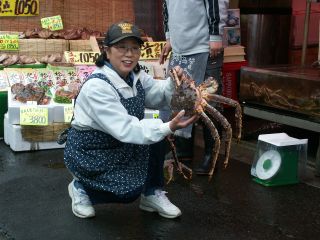  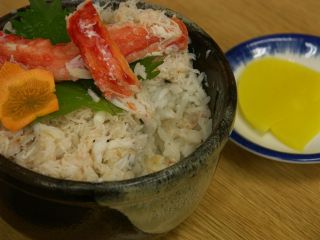  Hakodate is the site of an old Western-style fort, Goryo-kaku, built in 1857-1864. In the civil war between those loyal to the Shogun and the Imperial forces of the new Japan, the loyalists retreated to Goryo-kaku. It was the site of their final surrender in 1869, which marked the end of the old feudal order of the shogun and the samurai. Goryo-kaku is now a park, with beautiful flowers and grassy walls next to the surrounding moat. 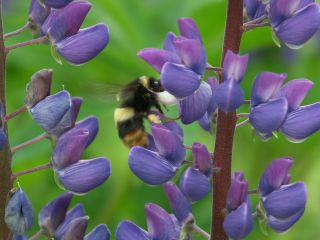 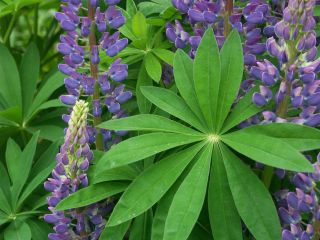 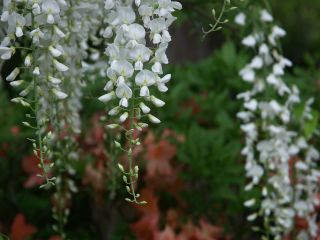 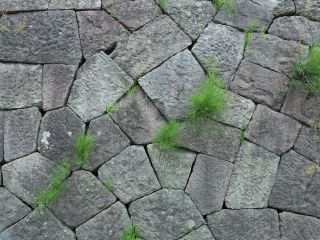 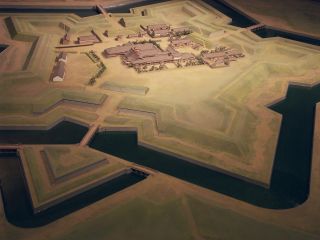 After all that, we hit the road, driving north to Lake Toya. On the way, we stopped off at a park where the water, reflecting the overcast skies, looked like metal, an effect somewhat lost in these small reproductions: 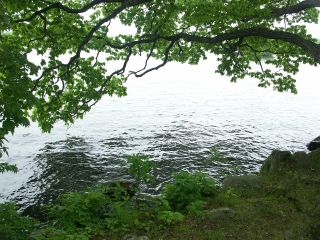  Part 7: Lake Toya |
|||||